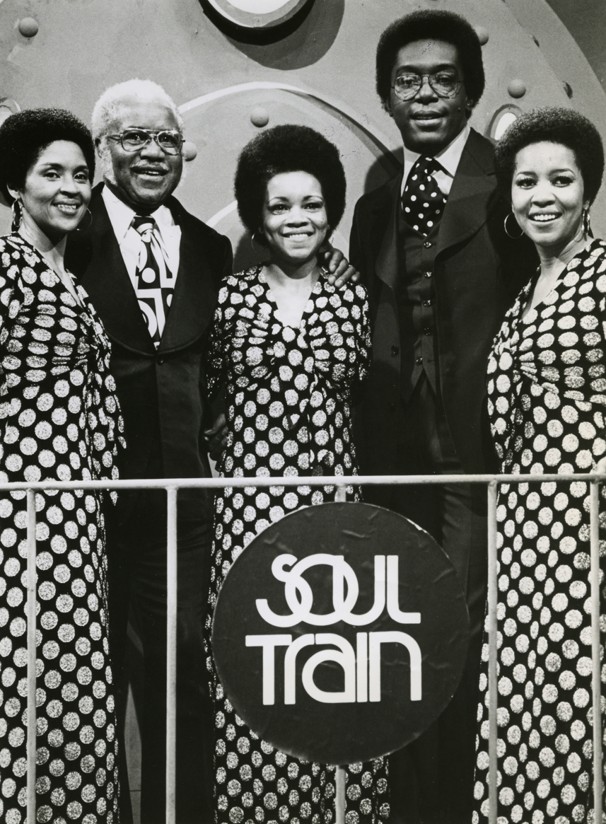
History and Key Performers of Urban Contemporary Gospel: The Late 1960s to 1970s 3
One may wonder what about Aretha Franklin's vocal performances concerning lyric and melodic phraseology, and dynamic and rhythmic intensity places her above her contemporaries. Listening to " Amazing Grace," her keen sense of melody-harmony relationship is evident in the interplay between her voice and the piano and organ accompaniment. In total control of rubatoA practice common in Romantic compositions of taking part of the duration from one note and giving it to another. It involves the performer tastefully stretching, slowing, or hurrying the tempo as she/he sees fit, thus imparting flexibility and emotion to the performance., she knows where she is at all times in the harmonic structure. Also, her repetitive words and short phrases, performed improvisationally, show her ability to create drama. It is the latter, in this author's opinion, that demonstrates her dramatic virtuosity.
For example, starting at 04:02, singing the word "through," Franklin performs a succession of melismasA group of many notes (usually at least five or six) sung melodically to a single syllable. Melismas are found especially in liturgical chant., adding one to three notes each time she sings the word "through" while also singing a little higher each time. At 04:17, she sings the word "many," then at 04:22 sings the syllable "dan" of the word dangers, and then completes the word with "gers" at 04:25. Within three seconds, she soars, singing the nuance "wowl" to a screaming climax at 04:28! This exclamation happens again at 05:14 on the words "it was" as a part of the phrase "it was, it was, I want the world to know, it was grace amazing." The words "it was" are stated five total times, with the latter three sung in succession while the piano and organ respond with short chords between each one. Each time Franklin sings "it was," she adds one to three additional notes and sings each "it was" slightly higher than the previous one. At 05:28, the word "grace" is sung, and within four seconds, she again soars in a full-throated voice at 05:32 on the nuance "wowl." This performance exemplifies the sound of Aretha Franklin at her best.
Other performers of the contemporary gospel during the 1970s include Andrae Crouch, the Mighty Clouds of Joy, and The Staple Singers. Refer to the table below for an overview of their contributions to the early years of contemporary gospel.
| ARTIST | CONTRIBTUIONS |
|---|---|
 Andrae Crouch |
Singer, pianist, arranger, and composer, Crouch greatly inspired the praise and worship style of song composition and performance. The style is exemplified in the popular gospel song " Soon and Very Soon " (1976), as well as songs on the album titled Live in London (1978) that includes gospel, praise and worship, and rock music. |
| Mighty Clouds of Joy |
Their fusing of rhythm and blues and soul and some characteristics of the disco rhythm with gospel vocalizations contributed to their successful 1976 " Mighty High," which earned the no. 1 position on the U.S. Hot Dance Club Play chart. |
 The Staple Singers with Soul Train host Don Cornelius in 1974 |
Like Rosetta Tharpe did beginning in the late 1930s, The Staple Singers, with their blend of rhythm and blues and soul with gospel vocal singing, experienced multi-market appeal; this is particularly evident with their songs "Respect Yourself " (1971) and " I'll Take You There " (1972). |





